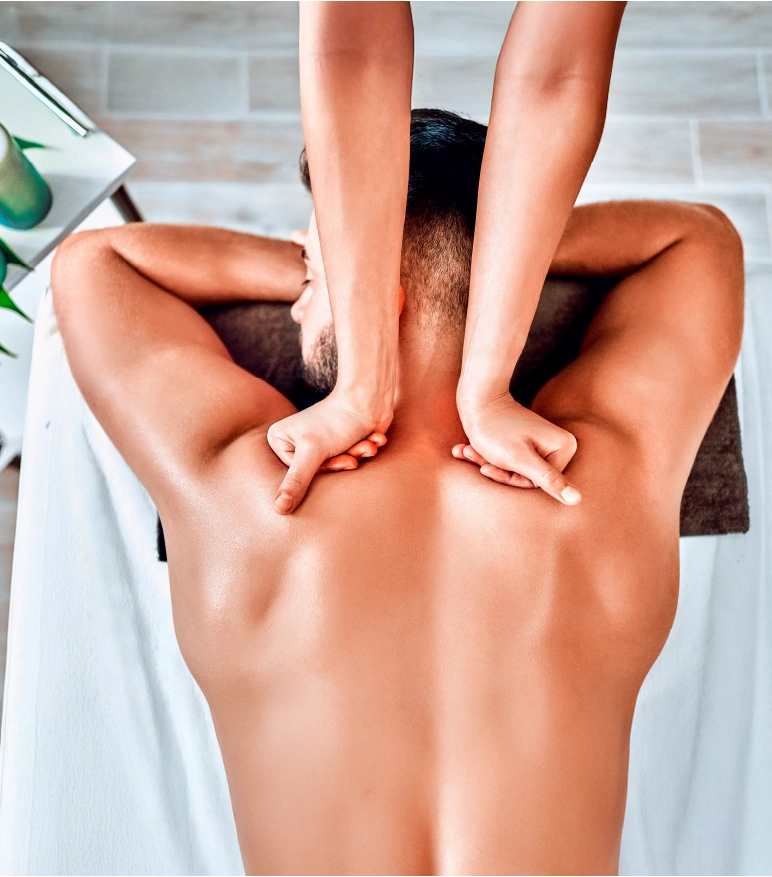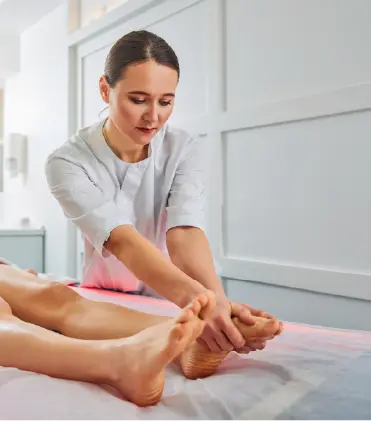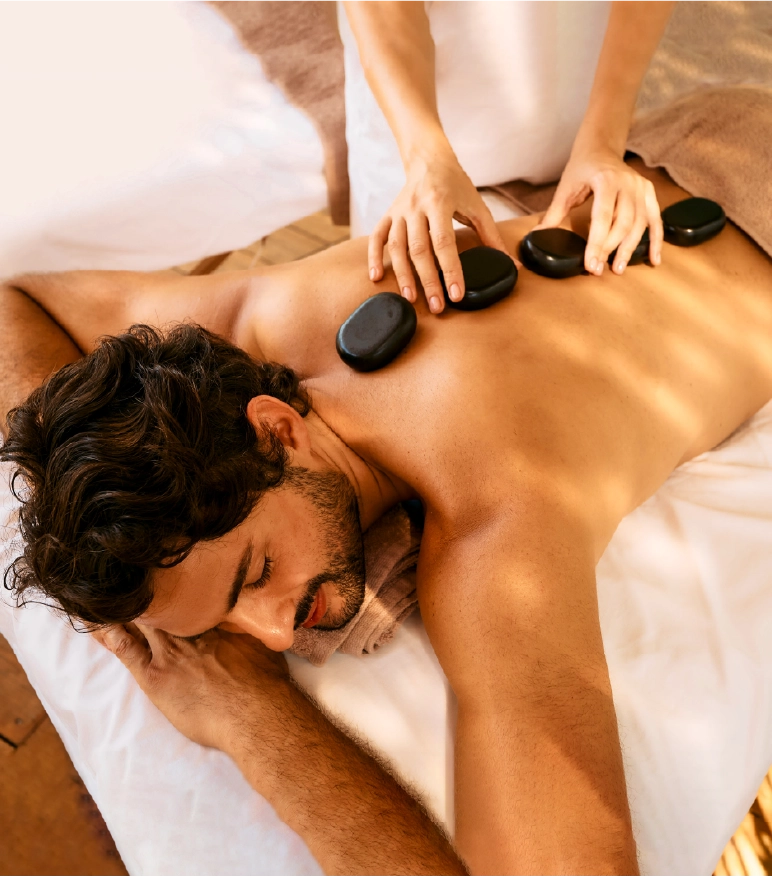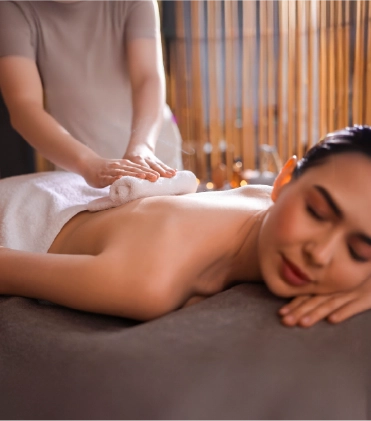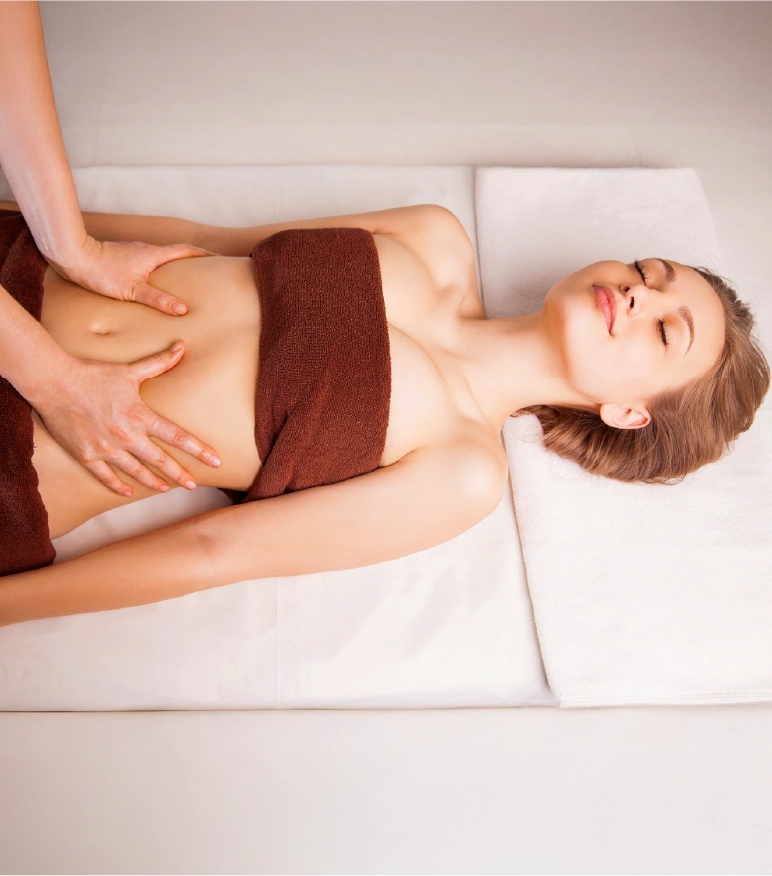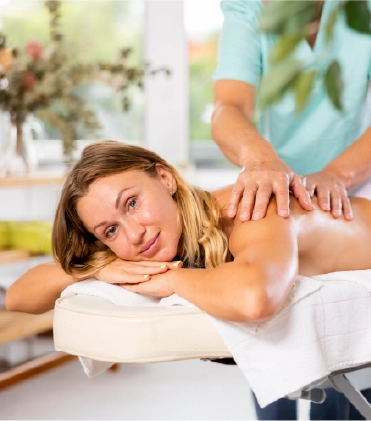What is the Treatment?
Rolfing Structural Integration is a form of hands-on therapy that is performed by the therapist to realign the body. It usually involves the manipulation of the connective tissue or fascia. Fascia is a type of tissue that surrounds every muscle, nerve, and organ in the body. It is believed that by working on the fascia, one can improve posture, movement, and overall physical function. The therapist performs various techniques and works on the structural integration to correct the deformity caused by tension, injury, or chronic stress. Rolfing involves a series of sessions that are specifically designed to work through the entire body. A deep tissue manipulation is performed to release patterns of tension and pain.
Philosophy/Origin
Rolfing was developed by Dr. Ida Rolf in the 1940s. Dr. Rolf believed that the muscles, organs, bones, and nerves function well when they are properly aligned with the gravitational field of the Earth. She created Rolfing Structural Integration to help individuals correct imbalances in their body’s structure, restoring symmetry and improving health. Although Dr. Rolf was not a medical professional, she worked on the principles of anatomy, physiology, and movement to understand how connective tissue affects overall body function.
Physical Benefits
Mental/Emotional Benefits
Long-Term Wellness
Rolfing structural integration can prevent future injuries by improving the mechanics and movement patterns of the body. Regular Rolfing sessions may improve overall physical and mental health. It can promote long-term posture improvement which helps in reducing the risk of future pain and musculoskeletal issues.
Ideal Audience
Rolfing is ideal for individuals with postural problems who have the symptoms of chronic pain. Rolfing sessions can enhance physical performance. It is especially beneficial for athletes, dancers, yoga practitioners, or anyone experiencing physical discomfort due to poor alignment or body mechanics.
Specific Conditions
The treatment of Rolfing may involve the following steps
Initial Consultation
The therapist performs a thorough assessment of the posture, body alignment, and movement patterns of each individual. The practitioner asks about any pain or discomfort and sets goals for the treatment series.
Bodywork Session
The therapist applies deep pressure in the right amount of force to manipulate the fascia. It is performed in the areas where tension and misalignment are most prominent. Some of the techniques used in the Rolfing session may involve slow, sustained movements with hands, knuckles, or elbows to work through layers of fascia.
Realignment Process
Rolfing is designed to realign the body over a series of ten sessions which is known as the “10-series.” Each session focuses on different parts of the body as described below
Movement Integration
The practitioner may provide guidance on how to move more efficiently and how to maintain good posture in daily life. This helps to make the changes permanently and provides long-term benefits.
What to Expect
Rolfing sessions can be intense but should not be painful. People may experience sensations of stretching or pressure as the practitioner works through areas of tension. Most of the sessions of Rolfing are performed in a lying position but some sessions may involve sitting and standing.
Immediate Effects
Long-Term Effects
Long-term structural improvements reduce the risk of injury and pain. A more balanced and symmetrical body leads to better physical performance. It also provides both physical and mental benefits.
Before the Treatment
It is more beneficial to wear comfortable and loose-fitting clothing so that the therapist can perform various techniques of Rolfing session more easily without any problem. It allows the practitioner to assess the body and perform movement and alignment.
Aftercare
People often feel some mild soreness due to physical exertion during Rolfing sessions. Using cold or hot packs can help in reducing soreness. The therapist also guides the individual to maintain good posture after the session and perform stretching daily to avoid the recurrence of physical or mental symptoms.
Rolfing or structural integration therapy is performed by various holistic care practitioners and physiotherapists. It is offered in various countries like the USA, the UK, India, Germany, Austria, etc. by certified Rolfing practitioners. It is important to take sessions from trained and certified Rolfer practitioners available at the Wellencia platform for the best results.




